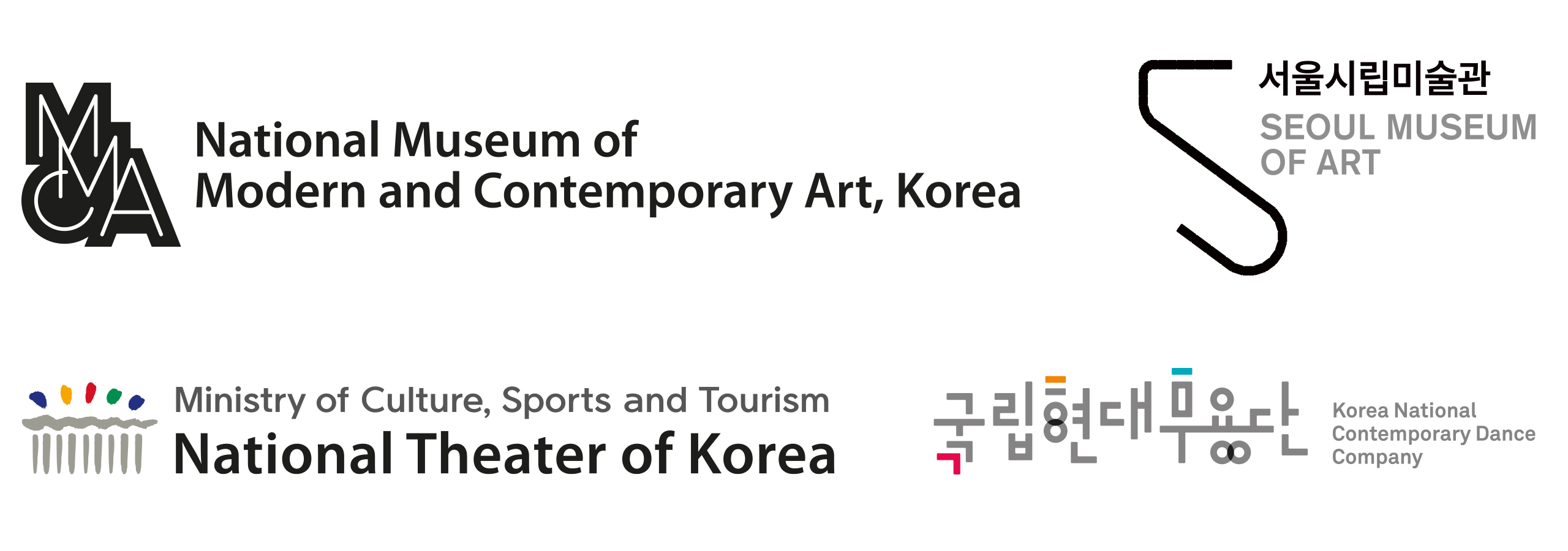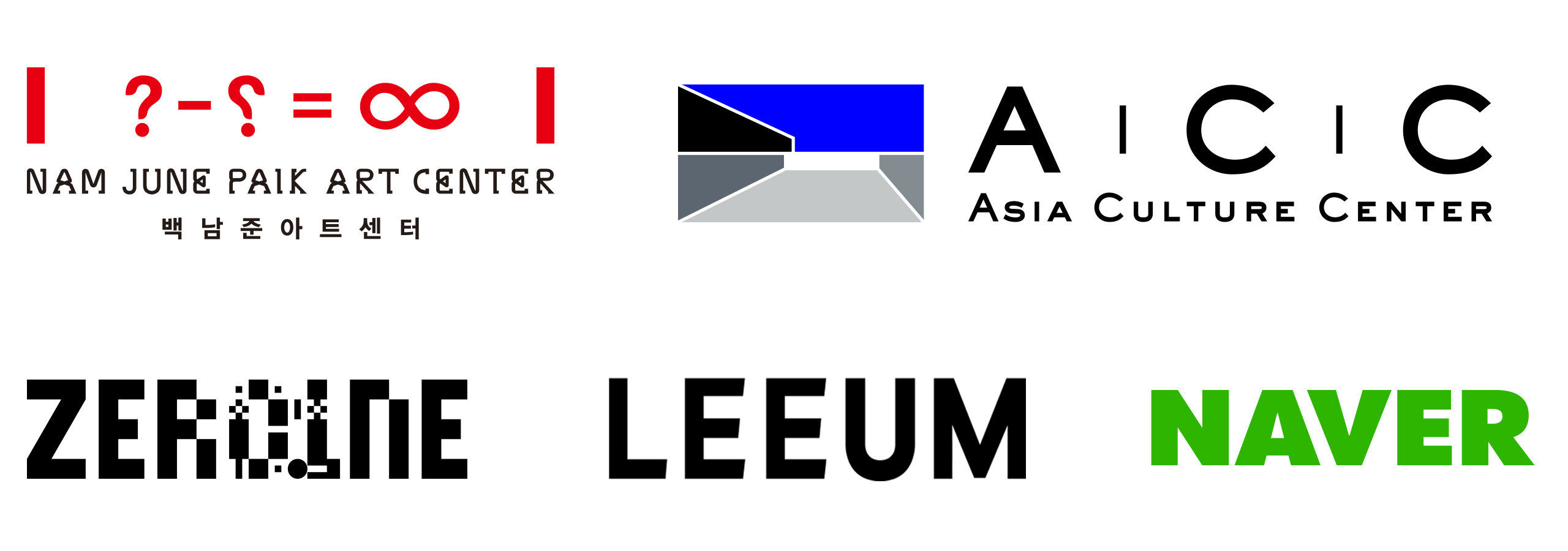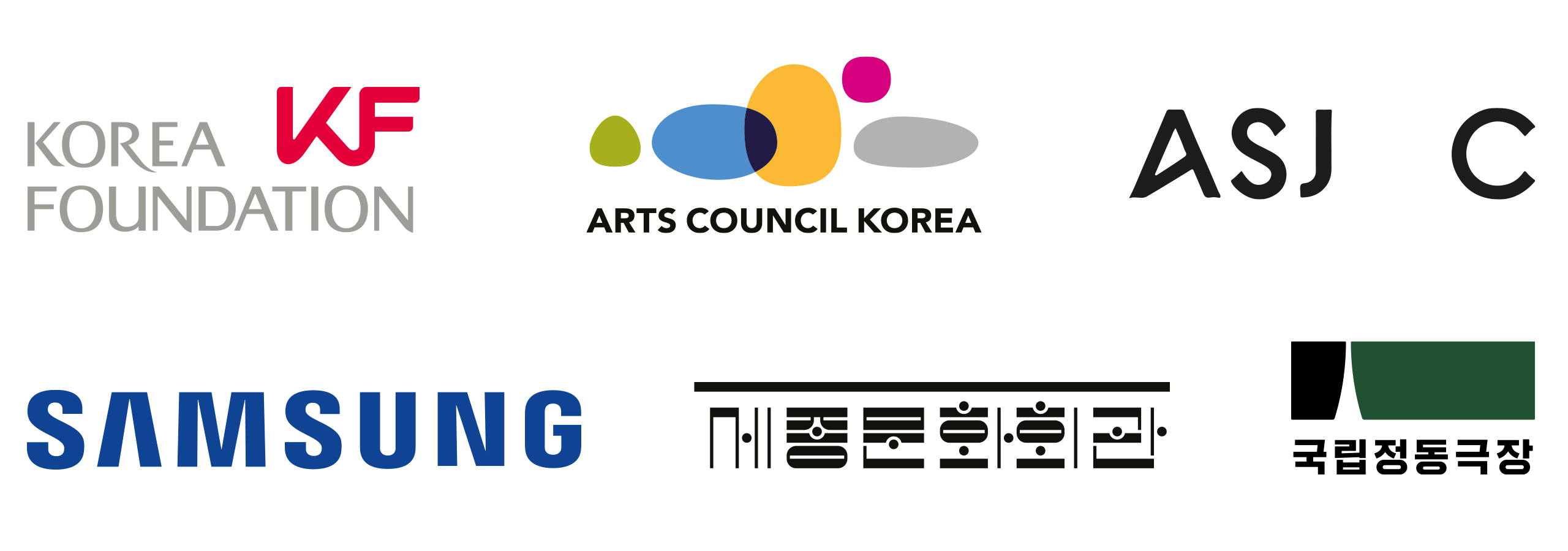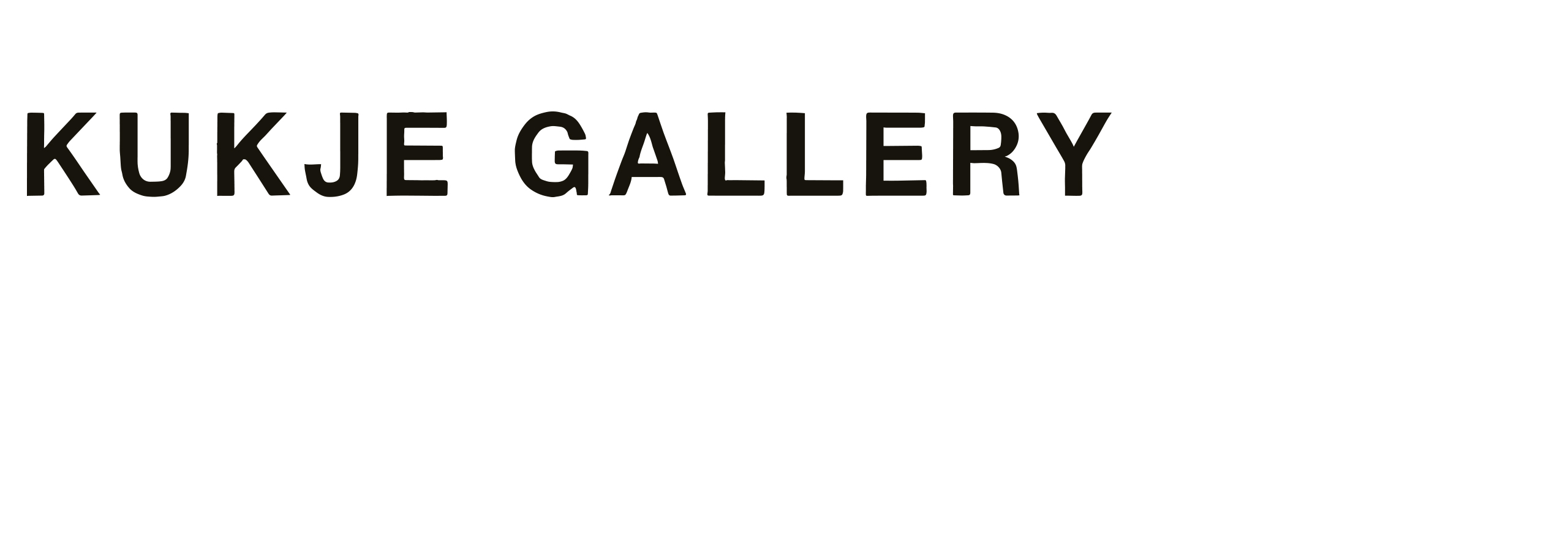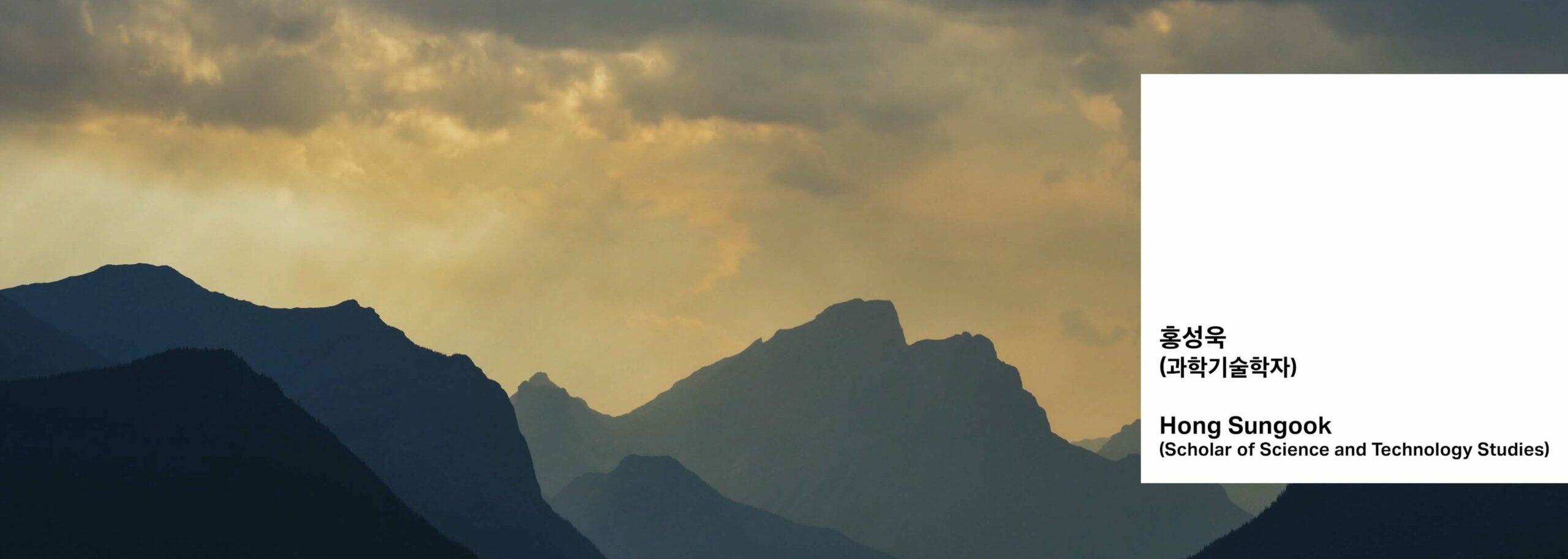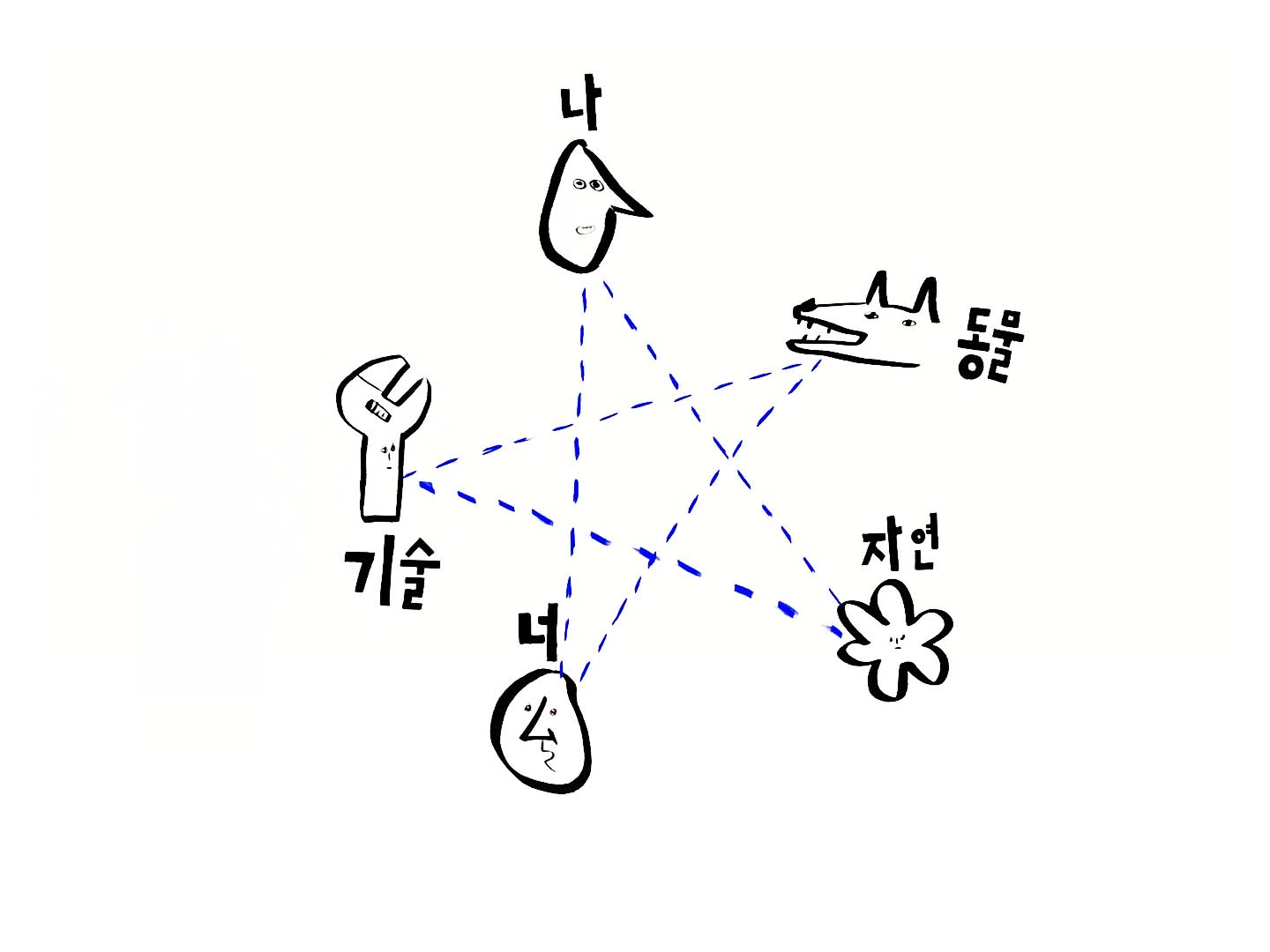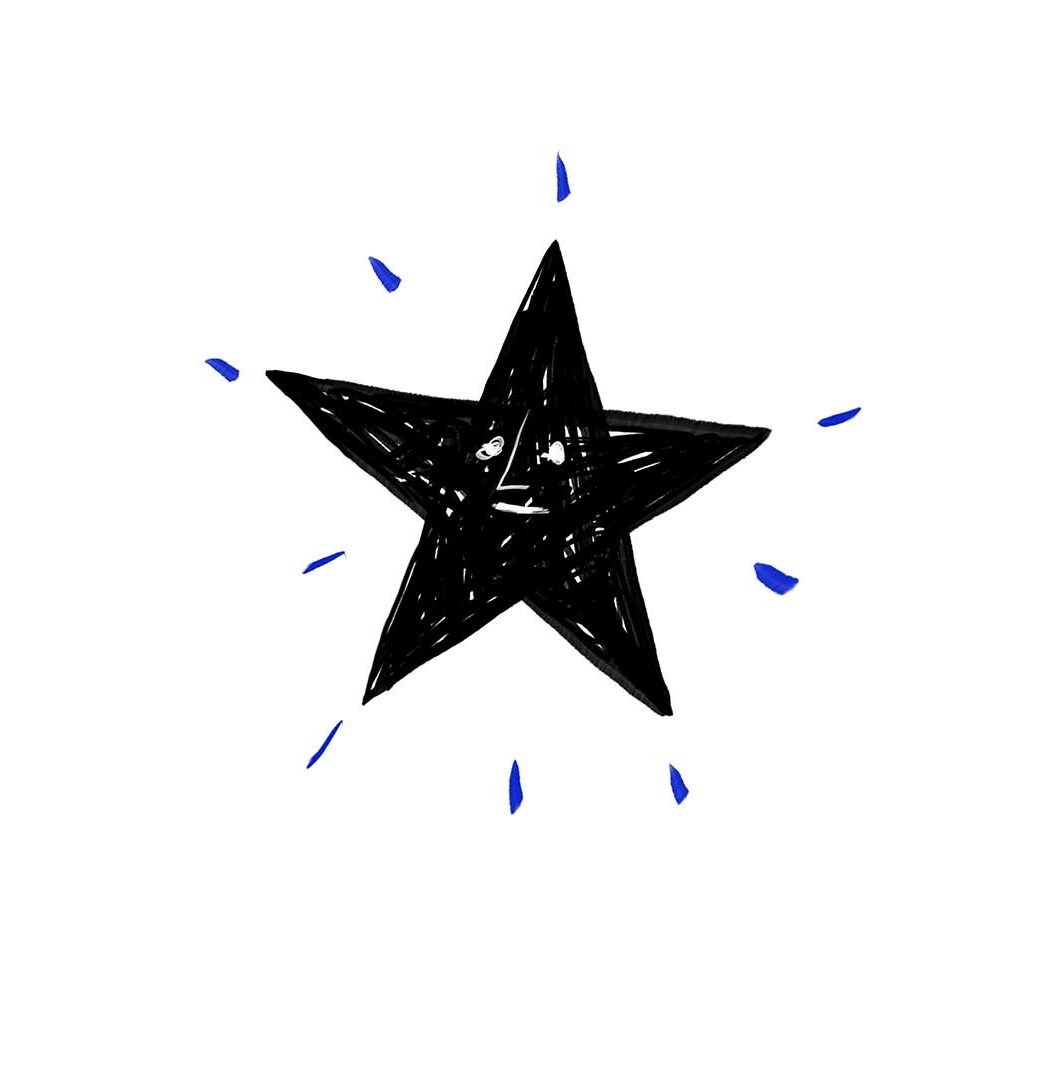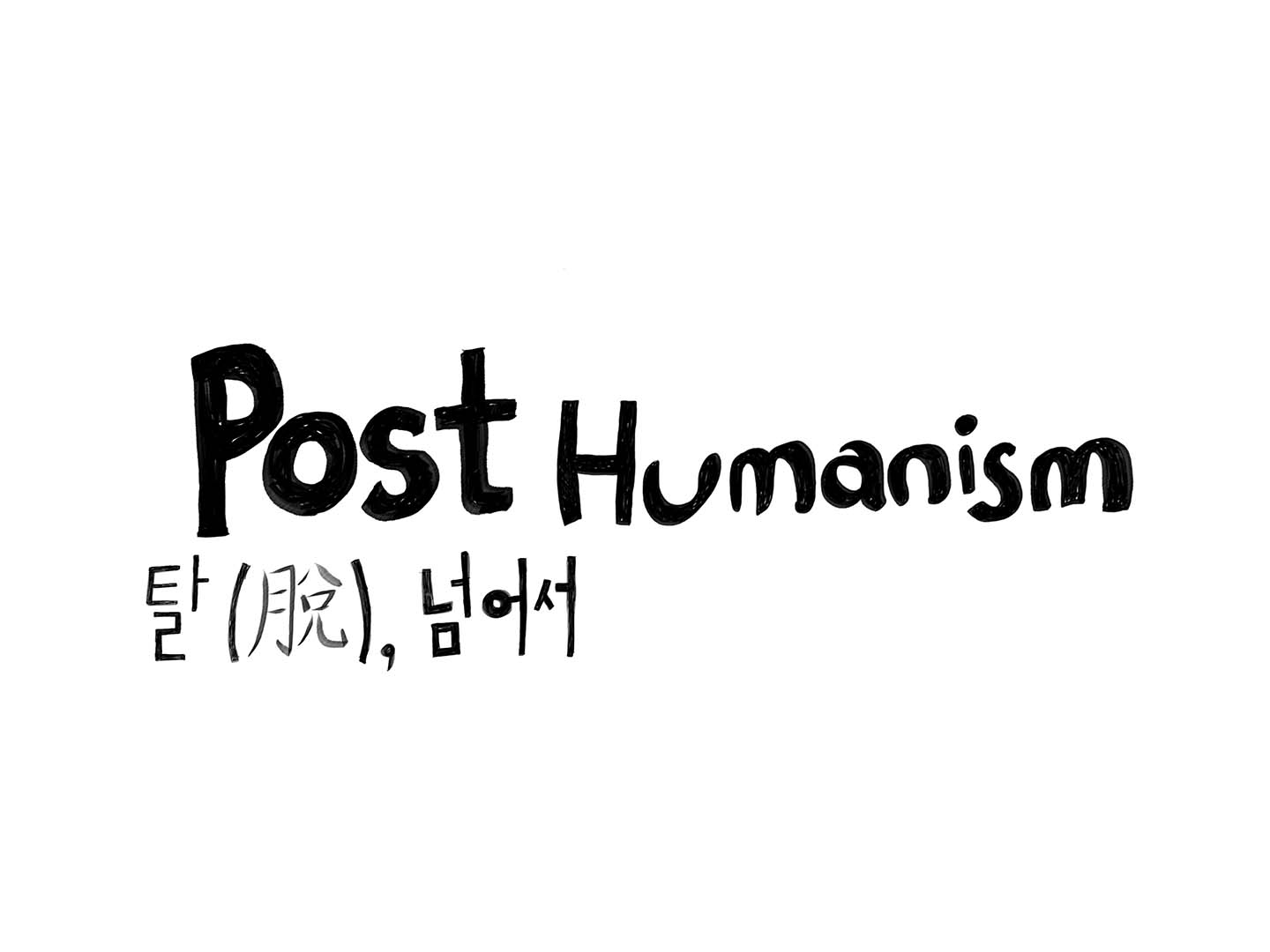작업 소개
‘인간, 일곱 개의 질문’은 모든 예술의 근원인 ‘인간’을 돌아보고, 21세기의 급변하는 환경과 유례없는 팬데믹 상황에서 인간으로 존재하는 것의 의미를 고찰하며 미래를 가늠하는 전시입니다. 57STUDIO는 큐레이터 전시 해설 영상과 함께 참여 작가들의 인터뷰 시리즈, 인문학자들의 렉처 시리즈를 구성하고 제작하였습니다.
인간이란 무엇인지, 코로나 팬데믹과 인류세를 마주한 인간이 스스로에게 던져야 할 가장 중요한 질문은 무엇인지, 국내외 석학과 참여 작가들에게 묻고, 그들의 통찰을 영상에 담았습니다.
두 번째 인터뷰에서는 과학기술학자 홍성욱 교수의 통찰을 다룹니다. 홍성욱 교수는 인간이 이제 엄청난 속도의 기술 발전을 어떤 방향으로 이끌어야 할지 깊이 고민해야 할 시점에 직면했다고 말합니다. 그는 또한 인간이 자연, 환경, 동물, 기술 등 다양한 존재들과 연결되어 있음을 이해하는 것이 포스트휴머니즘의 핵심이라고 강조하며, 이러한 감수성을 바탕으로 《인간, 일곱 개의 질문》 전시를 관람할 것을 권장합니다.
“Human, 7 Questions” is an exhibition that reflects on “humanity,” the foundation of all art, while contemplating the meaning of human existence in the rapidly changing environment of the 21st century and the unprecedented pandemic. The exhibition seeks to provide insight into the future.
57STUDIO produced a series of curator-led exhibition commentary videos, interviews with participating artists, and lecture series featuring humanities scholars. We asked both renowned international and domestic scholars, as well as participating artists, the most important questions humanity must ask itself: What does it mean to be human, and what questions must humans confront in the face of the COVID-19 pandemic and the Anthropocene? Their insights were captured in these videos.
The second interview features insights from Professor Hong Sung-wook, a scholar in science and technology studies. Professor Hong emphasizes that humanity is now at a critical juncture, where we must deeply consider how to guide the rapid pace of technological advancement. He also highlights that understanding the interconnectedness of humans with nature, the environment, animals, and technology is central to posthumanism. Based on this sensitivity, he encourages viewers to explore the Human, Seven Questions exhibition.


